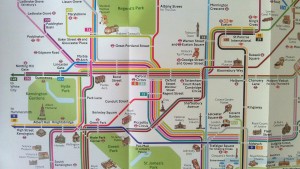
Olympic Venue Tweets on CityDashboard
There’s a new, temporary panel on the London CityDashboard which shows Twitter activity at the London 2012 venues. The panel is using data from new Twitter collector tools in the Big Data Toolkit, which being developed by my colleague Steven James Gray as part of his PhD. For each venue, the collectors count the number […]
Continue reading »











